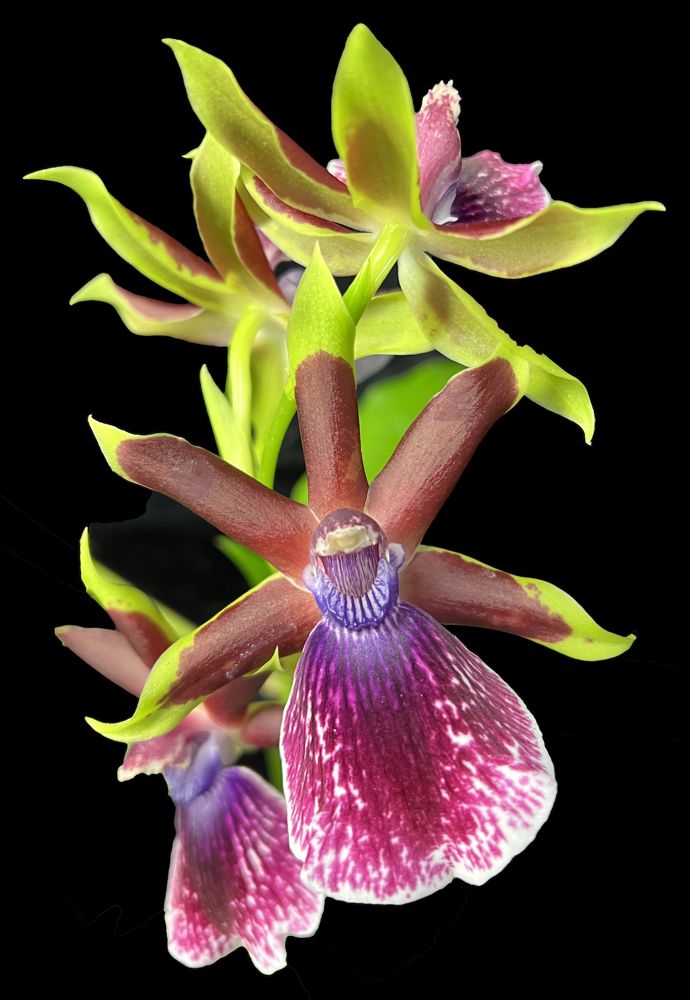Description
IMPORTANT NOTES:
***Please look at all the pictures carefully (and read the text in the photos) so you’ll know the sizes of the plants we’re offering in this listing***
Plants are NOT in-bud/bloom when shipped.
If you’ve ever watched dog shows, you know the breeds that are always crowd favorites – Poodles, Bichons, Labradors, Terriers of various kinds, German Shepherds, etc. They’re popular at dog shows because they’re popular dogs in general and you see them everywhere. Then there are the exotic breeds that you’ve never heard of, like the Tibetan Mastiff, Canaan Dog, Lowchen, or even the very exotic-sounding Xoloitzcuintli (aka Mexican Hairless Dog). Of course, in the vast middle are the many dog breeds you have heard of but that don’t get the spotlight at dog shows or in popular culture, but you still think they’re pretty cool and/or cute, and you might have flirted briefly with the thought of owning one of them. It’s the same with orchids, but the great thing about orchids is that you can own dozens, hundreds, or even thousands of them, which just doesn’t happen with dogs, at least with sane people. (Whether orchid folk are sane or insane is an entirely different question, however.) The Zygopetalum genus (and other related minor genera) is like one of those not-so-common dog breeds. Think Akita, or Australian Cattle Dog, or a Portuguese Water Dog. Very cool canines that maybe you’ve thought would be nice to have (in another reality). Fortunately, right here in this reality, you can own those fascinating orchids that aren’t everywhere all of the time. The Zygopetalum group of orchids have distinctive flowers, typically with spiky petals and sepals, and a big apron-like lip of various colors. Fragrance in Zygos is a key trait, as well as their ease of growth. This particular hybrid, Galeopetalum Arlene Armour ‘Conching’ was created from a cross of the venerable Zygopetalum Artur Elle with Galeopetalum Giant, itself a hybrid of the related Galeottia genus of which little is known. The flower of this fine hybrid displays a striking red lip, in contrast to other Zygos where the tendency is to breed for blue (but usually ending up in violet).
Photos are representative of the plant you will receive. Please examine photos carefully and note size reference (i.e., coin or pen/pencil).






